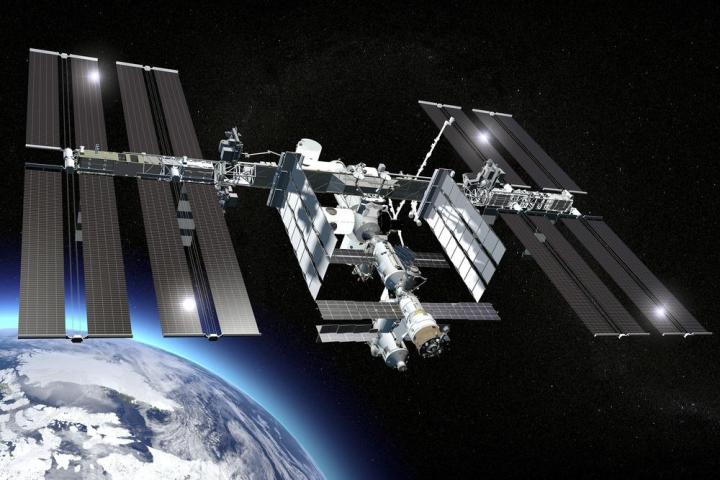
Whereas the substances we use here on Earth to stick things together (think glue, tape, and Velcro), may serve their terrestrial purposes, extra-terrestrial adhesives need to be a bit more advanced. Velcro has previously been used as a binding method, but the problem is that it requires a “mating surface.” But technology inspired by geckos work differently. These lizards don’t have sticky substances on the bottom of their feet – rather, they are lined with countless tiny hairs, which create van der Waals forces between themselves and the climbing surface.
As a related NASA statement explains, “A slight electrical field is created because electrons orbiting the nuclei of atoms are not evenly spaced, so there are positive and negative sides to a neutral molecule. The positively charged part of a molecule attracts the negatively charged part of its neighbor, resulting in ‘stickiness.’”
Best of all, van der Waals forces are present regardless of environment, meaning that temperature, pressure, and radiation have little to no effect on their effectiveness.
NASA is now creating a material that applies the same concept, lined with tiny, thin synthetic hairs. In testing, Wired UK reports, the technology was “able to stick to and manipulate a 10 kilogram cube and a 100 kilogram person.” The agency has now conducted over 30,000 tests with the material, each of which has proven effective. Aaron Parness of NASA’s Jet Propulsion Laboratory noted that with this new technology, “We might eventually grab satellites to repair them, service them, and we also could grab space garbage and try to clear it out of the way.”
All thanks to the gecko.


